Patients are usually affected by Multiple sclerosis at a highly productive stage of life, when people are building careers and planning families. MS can have a significant impact on affected individuals as much as their families and society.
According to National Multiple sclerosis (MS) Society study estimate, about one million people in the U.S are affected by Multiple sclerosis, which is much higher than the first national research on MS prevalence since 1975 and the last reported number. Also has been reported that 2.3 million people live with Multiple sclerosis worldwide and about 200 new cases are being diagnosed each week in the US.
Although there is a lack of ultimate cure for Multiple sclerosis, but our growing knowledge in disease-modifying therapies can make an opportunity for patients to reduce disability and extend chance of survival.
Hence, one of Parsian’s fields of activity is research and development in Multiple sclerosis to manufacture active pharmaceutical ingredients (API) and Granules of Multiple sclerosis medicines with the highest global standards to help patients having Multiple sclerosis to be cured in a better way by the latest guidelines and with the lowest adverse effects.

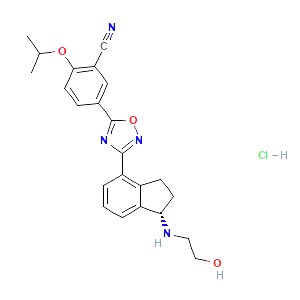
Multiple Sclerosis
Cas No: 1618636-37-5
Mechanism Of Action: Ozanimod is a specific modulator of S1P receptors that selectively binds to S1P1R and S1P5R subtypes. While the exact mechanism of action
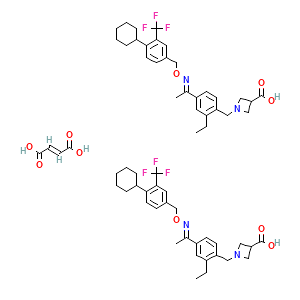
Multiple Sclerosis
Cas No: 1234627-85-0
Mechanism Of Action: Siponimod works through a mechanism of action as a selective modulator of sphingosine 1-phosphate receptors (S1P). Specifically, it binds to S1P subtypes
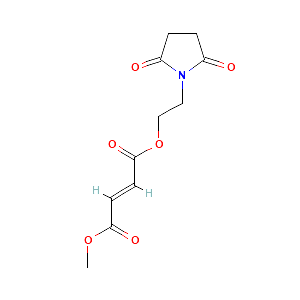
Multiple Sclerosis
Cas No: 1577222-14-0
Mechanism Of Action: Diroximel fumarate is believed to modulate cell signaling pathways, leading to favorable immune and neuroprotective effects. Monomethyl fumarate (MMF) serves as the
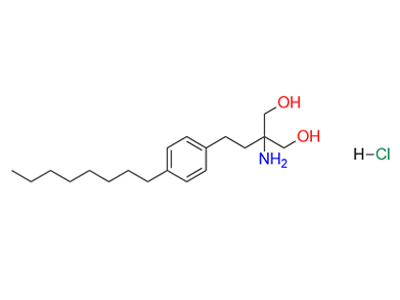
Multiple Sclerosis
Cas No: 162359-56-0
Mechanism Of Action: Active form of fingolimod binds to sphingosine 1-phosphate receptors 1, 3, 4, and 5. And blocks the lymphocytes’ ability to emerge from
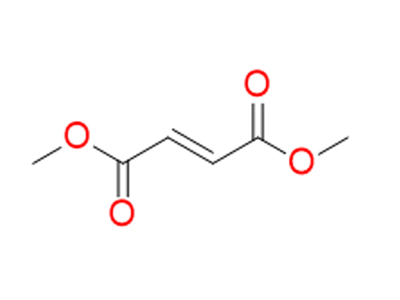
Multiple Sclerosis
Cas No: 624-49-7
Mechanism Of Action: It acts centrally by activating the nuclear factor erythroid 2 related factor 2 (Nrf2) transcriptional pathway, which regulates enzymes that reduce oxidative stress.
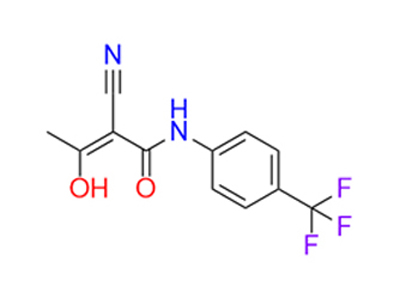
Multiple Sclerosis
Cas No: 163451-81-8
Mechanism Of Action: It’s a selective and reversible inhibitor of dihydro-orotate dehydrogenase, which is a key mitochondrial enzyme in the de novo pyrimidine synthesis pathway, leading